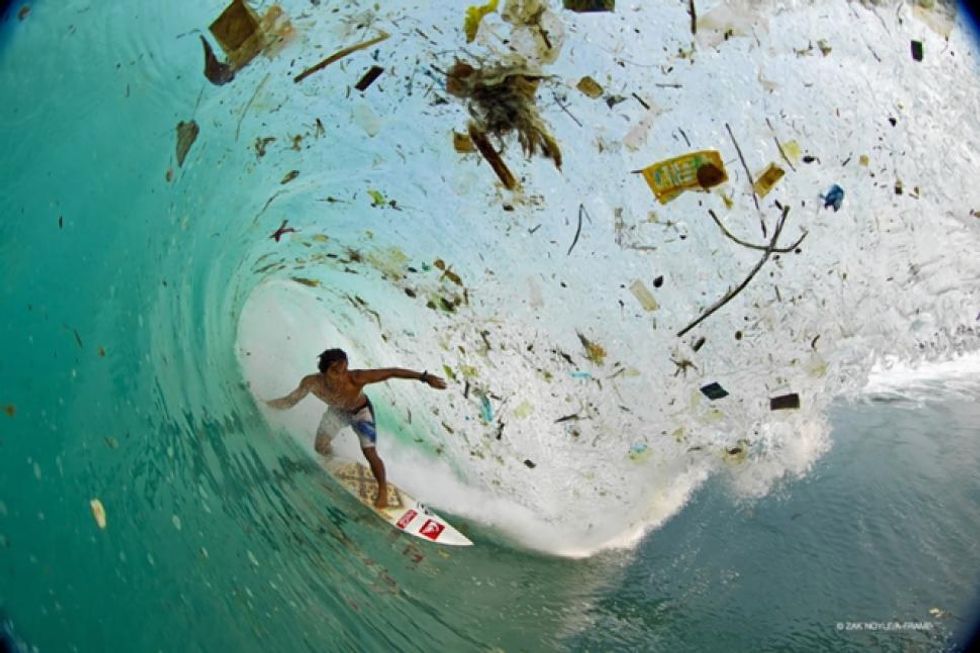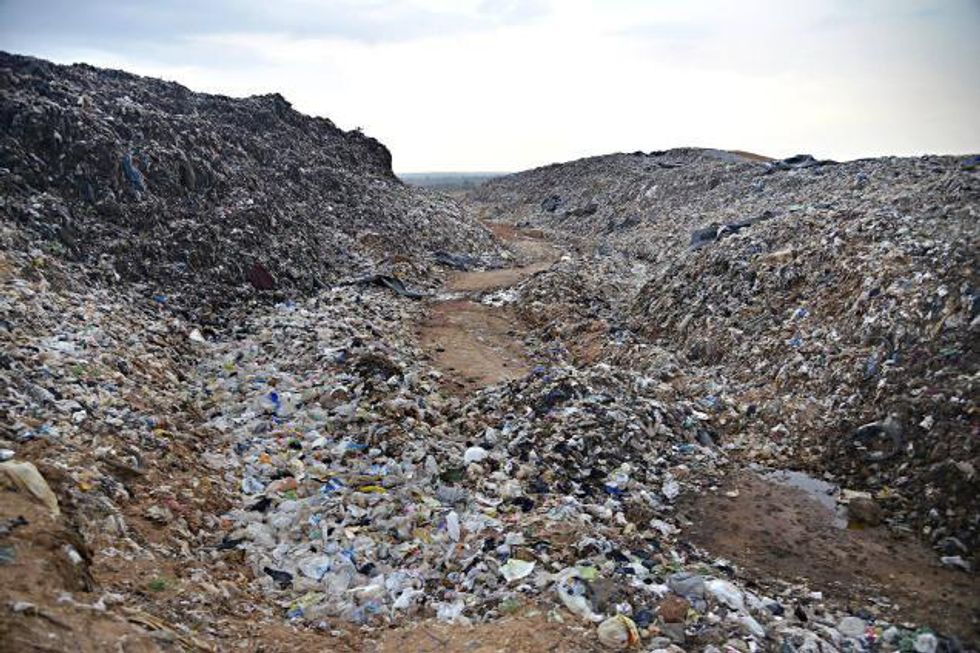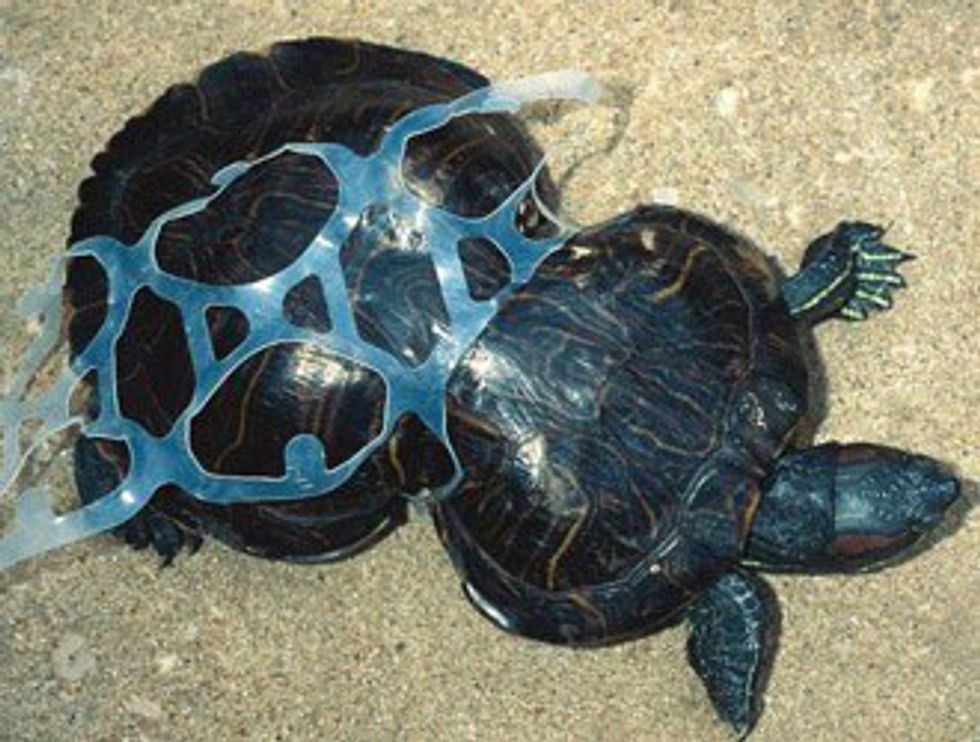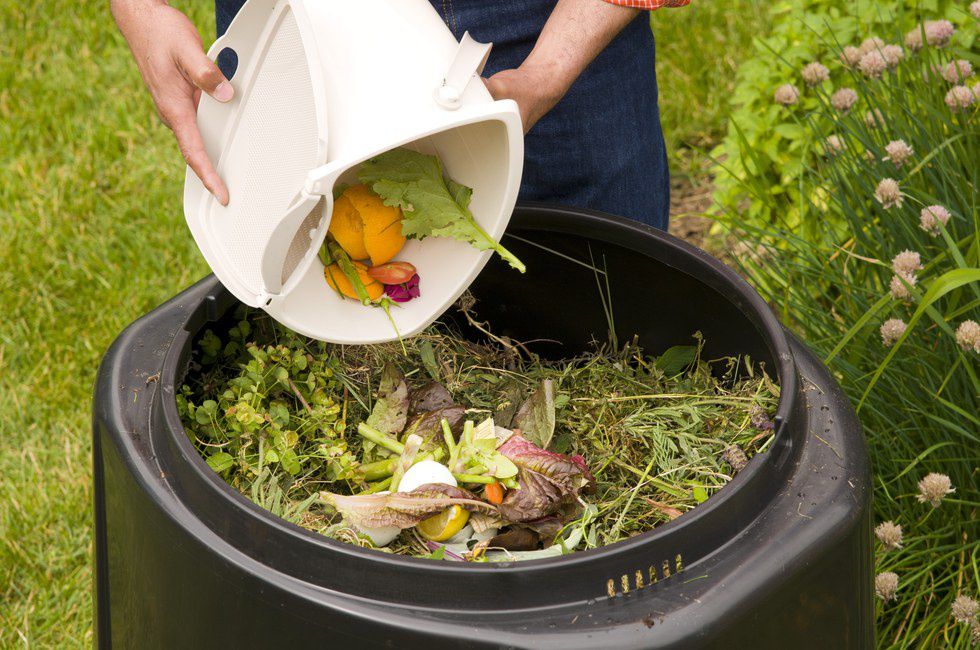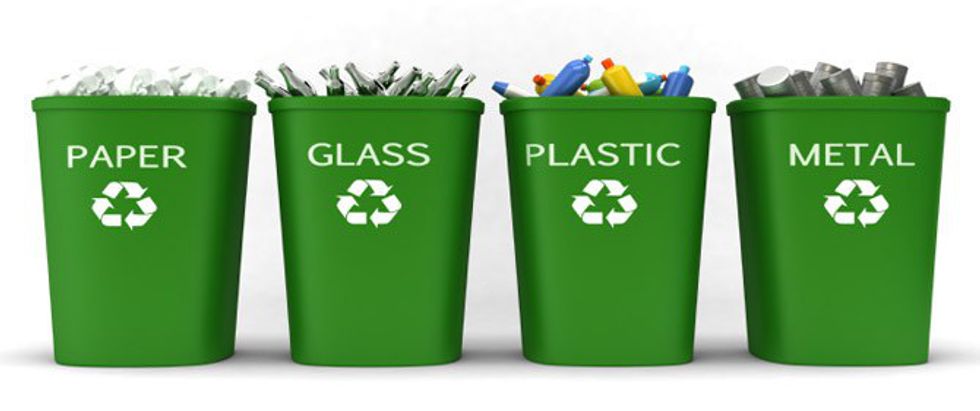April is upon us and that means it’s Earth Awareness month. We know about recycling and earth day and efforts many corporations have taken to reverse their impact on our one and only home. It doesn’t seem, though, that everyone knows they play a part is our Earth’s life too. We only have one home and we should be working to keep it clean. This is one job we can all do, no college degree necessary.
There are two dangerous places our trash goes, oceans and landfills, both of which impact all forms of life.
Oceans
When plastic isn’t recycled, or non recyclable products are thrown away, there is a high chance that they will end up in our world’s oceans. This affects the marine animals, fish populations, and coral reefs. According to ecowatch.com, one million seabirds and 100,000 marine mammals are killed annually from plastic in our oceans while 44 percent of all seabird species, 22 percent of cetaceans, all sea turtle species, and a growing list of fish species have been documented with plastic in or around their bodies. If that doesn’t sound bad enough, the plastic in our oceans also affect humans. Yes. it affects us. Many plastic chemicals are or can be absorbed by our bodies. Also, 93 percent of Americans age 6 or older test positive for BPA (a plastic chemical). These plastic compounds have been found to affect or even alter hormones in the human body.
Landfills
Landfills are as equally disturbing as our ocean situation, but the sad matter of the fact is as humans, we produce so much waste that we need a place to put it. Some brilliant mind figured compacting and burying our waste was a solution. While, it does keep our waste out of our way and out of our oceans, it still poses two problem: gas emissions and intoxicating ground water. Gases such as methane and carbon dioxide are released from landfills, along with other gases, as materials decay.
Studies have shown significantly reduced height among children who live near Love Canal, the chemical waste dump near Niagara Falls, New York. It has also been shown that people living close to landfills suffer from lung and heart diseases from the toxic gasses that are released from the landfill degradation. These gases add further stress to our atmosphere.
As sure as things go up, things go down. As waste gives off gases, it also leaks down into the ground waters below, and run offs into streams that add to rivers and lakes. The toxic water degrades life, making it a less suitable environment and contaminates the water supply, including drinking water.
A combination of both landfills and ocean pollution creates a bigger, uglier mess--and it’s a real thing. Garbage islands. In the middle of the Pacific Ocean float piles of human trash. Some may argue that these garbage patches range similarly to landfills, sizing as big as America’s Texas, and others, that they are simply a gathering of waste due to the ocean currents.
Whether you believe one or the other, the simple fact to believe is the fact that these islands of human trash intoxicate ocean life and marine life. There are parts of the oceans where no life can be supported because there is not enough nutrients in the environment to sustain life, but this doesn’t mean our garbage islands don’t harm life even if they float there. Tiny pieces break away from all plastics, intoxicating further life with human’s chemical invention.
There are several ways in which we can help keep our earth clean and healthy.
Recycle.
The majority of all our waste is plastic. Plastics don’t decay and aren't made to. Recycle used plastics to make new plastics.
Compost.
Another easy way to help out, although is may be more accessible for others, throw away food into composts. Adding your banana peel to a compost adds nutrients back into planting soil, rather than have it rotting in a plastic bag in a landfill somewhere.
Volunteer.
Join coastal clean ups, or a roadside clean up crew if you’re land locked. Any piece of trash that’s not on the streets or in the ocean is a step towards a cleaner earth.
Buy less plastic.
More is less! When shopping, rather than buying individual casings, buy in bulk and separate into reusable containers.
Reuse and Reduce.
Use a reusable water bottle instead of buying water bottles to reduce on plastics. Although you can recycle the bottle, the caps are not recyclable, and can potentially end up in the oceans and the bellies of several animals.
Whatever method you choose to use, always remember the good you are doing for our future and that every step counts
Have a great Earth Month!



